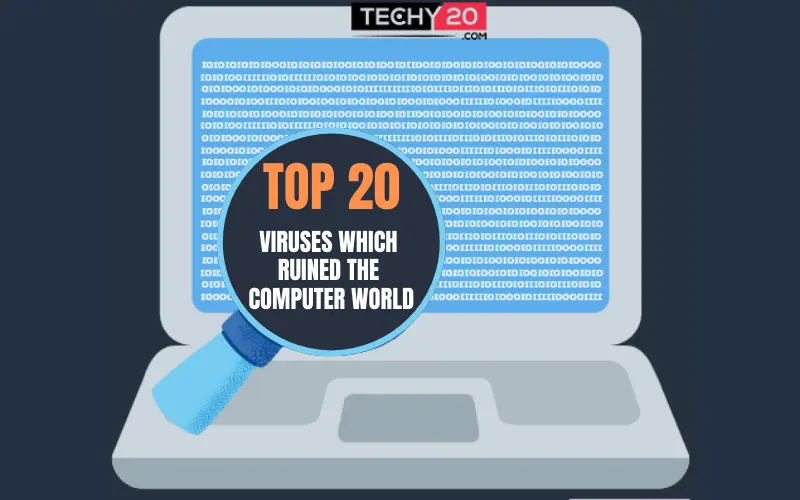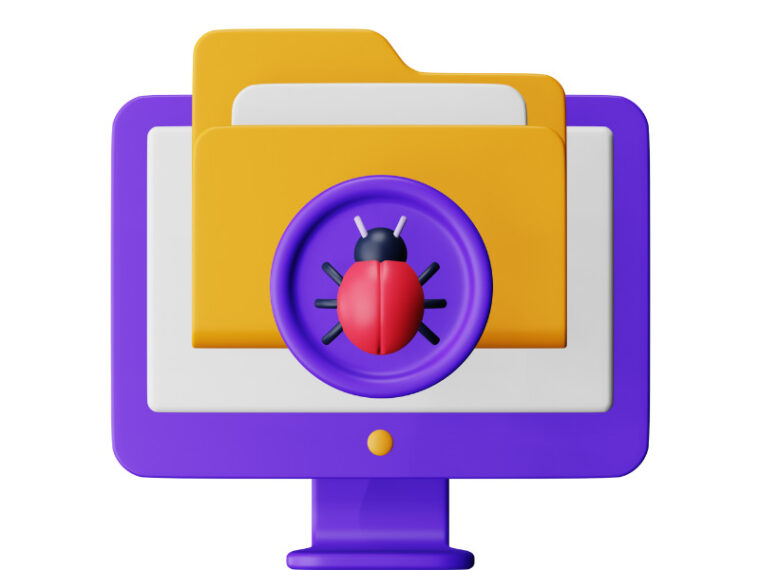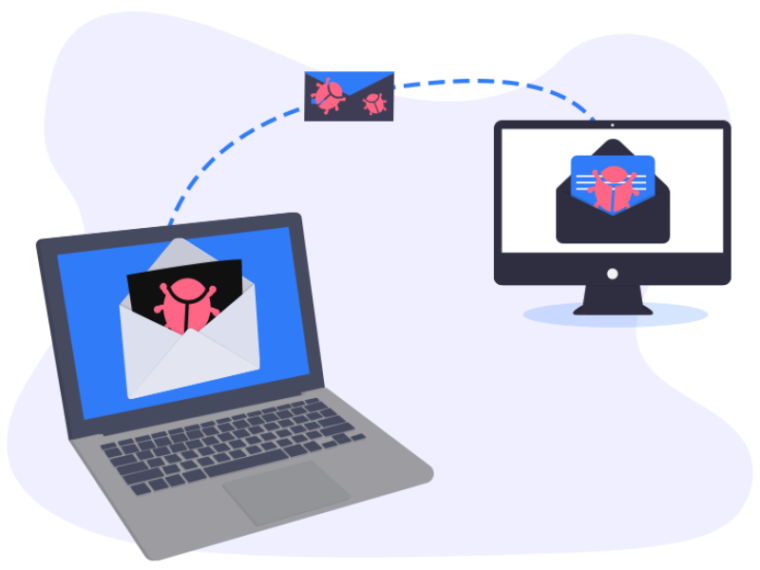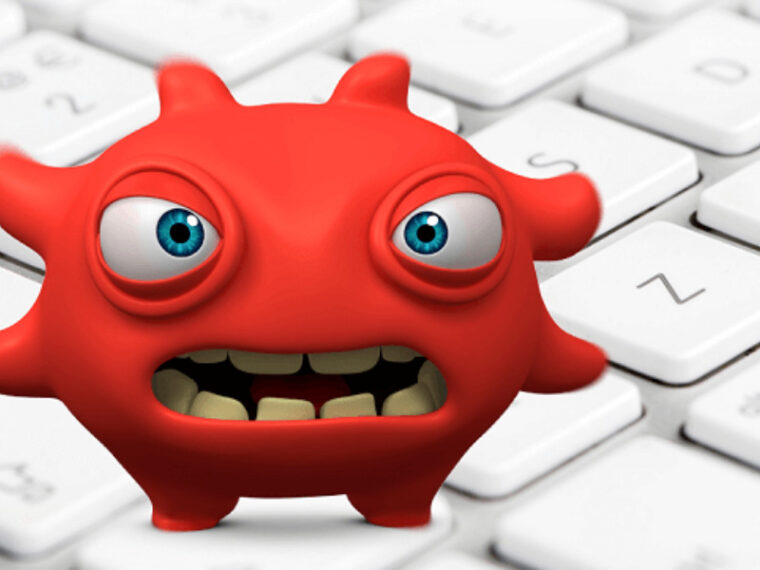When run, a computer virus is a particular kind of computer program that modifies other programs and inserts its code therein to propagate itself. After infecting the host, a virus can spread to other system resources or software, change or deactivate essential features or programs, and copy, delete, or encrypt data. Some viruses start reproducing as soon as they infect the host, while others remain dormant until a particular trigger enables the device or system to run, causing harmful code. Here are the top 20 viruses which ruined computers:
1. Resident Virus
RAM is home to resident viruses. It may obstruct regular system activity, which may cause files and programs to become corrupt. The virus can then spread to any file, depending on how it was programmed. This kind of virus can even join anti-virus programs, allowing it to infect whatever file the program scans.
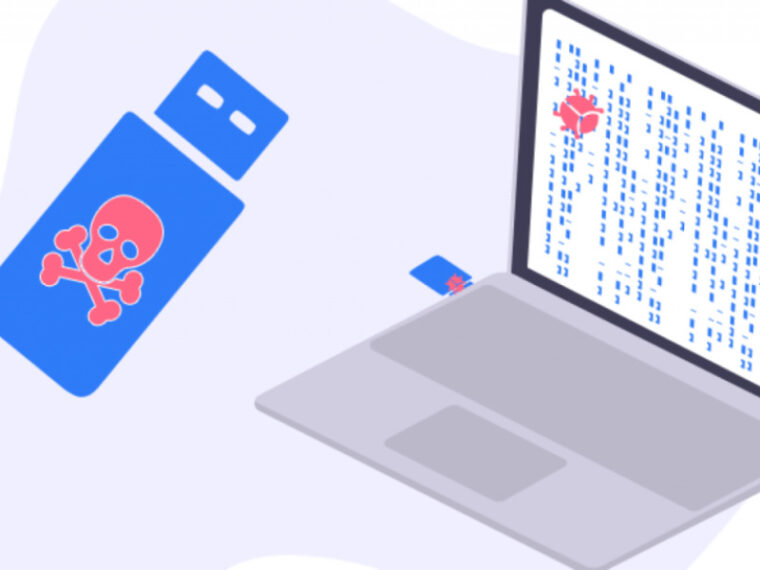
2. Multipartite Virus
Multipartite Virus is simple to spread across your computer system. It spreads quickly and executes unauthorized operations on your operating system, in folders, and in other computer programs. They can contaminate the boots sector as well as executable files.
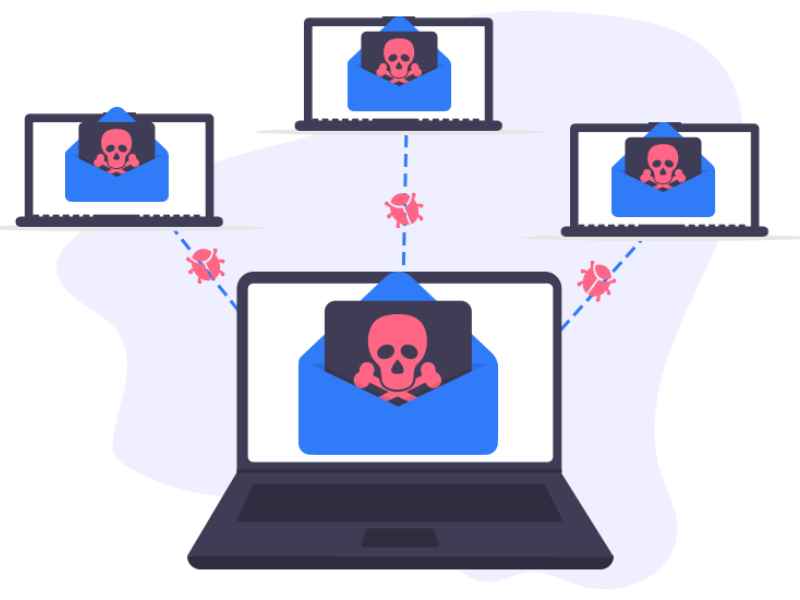
3. Direct Action Virus
Specific file formats, typically.exe and.com files, are targeted by direct action viruses. This virus’ primary goal is to spread itself throughout folders and infect files. On a lighter note, they often don’t erase files or slow down PC performance. Antivirus software can eliminate it without much difficulty.

4. Browser Hijacker
Browser Hijacker infects your browser and directs you to various websites. When you enter a domain name into the browser hijacker, it usually opens several phony websites that could damage your computer. On the other side, the majority of reliable browsers have tools built in to stop them in advance.
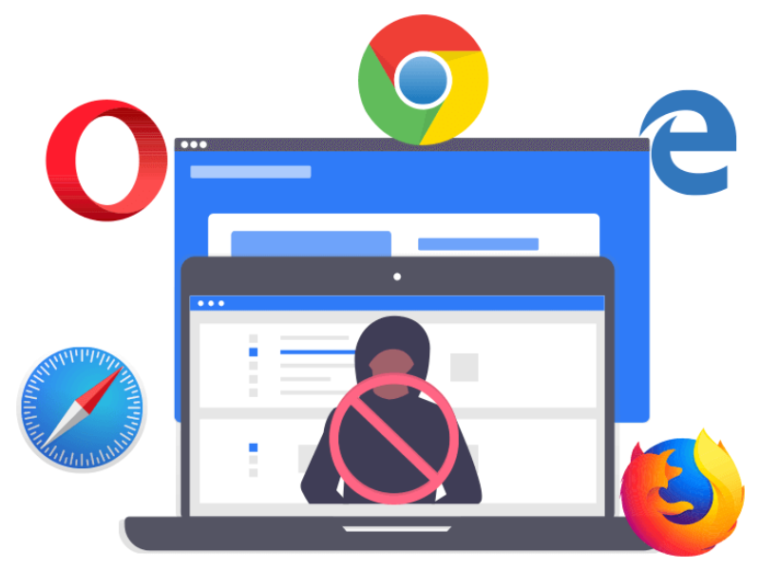
5. Overwrite Virus
A computer virus that negatively impacts the computer system is an overwrite virus. The code of the original program is destroyed by an overwriting virus, among other things. A malicious program to infect the computer system and eradicate the program is called an overwriting virus.

6. Web Scripting Virus
A web scripting virus is a harmful software that can impair the security of your computer and online browser. This computer virus, which can spread through infected web pages or other channels, can steal data, harm files, and obstruct the regular operation of devices. DDoS attacks are the most typical example of a scripting virus.
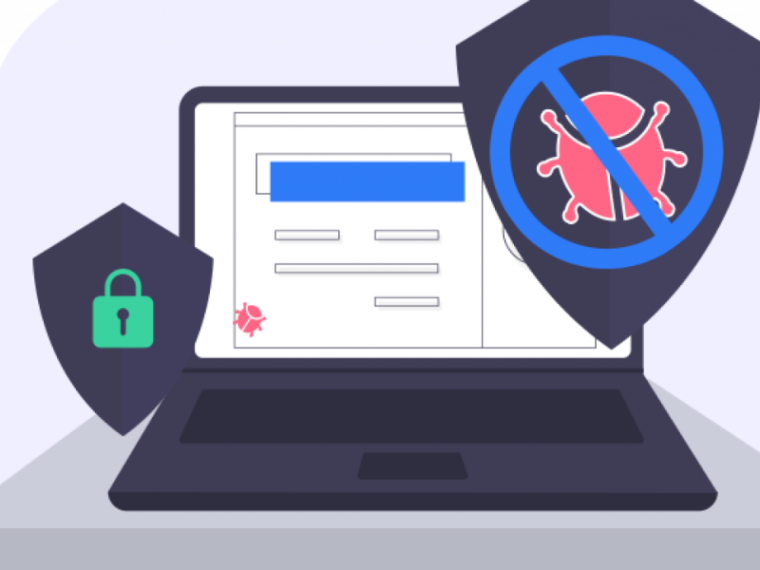
7. Boot Sector Virus
Boot sector viruses affect floppy discs. They came into existence when floppy discs were vital in starting a computer. Although they are not very popular anymore, it is still causing other computer devices, especially obsolete ones. Examples include AntiEXE and Polyboot.B .
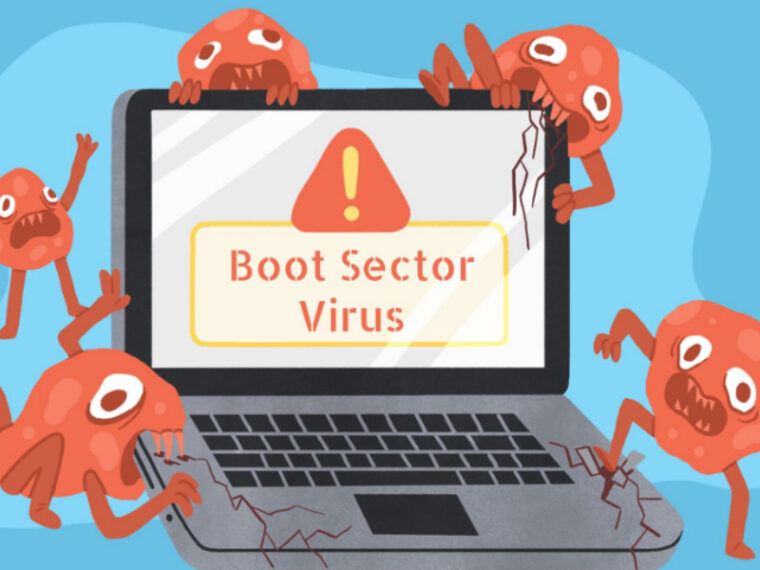
8. Macro Virus
Applications and software that use macros are the targets of macro viruses. These viruses are capable of a number of actions that can impair a program’s or component of software’s functionality. O97M/Y2K, Bablas, Melissa.A , and Relax are a few examples of macro viruses.
9. Directory Virus
Directory viruses modify file paths. The virus program also runs in the background when you use applications or programs contaminated with directory viruses. Additionally, it might be difficult to locate the initial app or piece of software if the computer gets infected with directory viruses.
10. Polymorphic Virus
Polymorphic viruses use a different encoding or encryption method each time they infect a device. It makes it difficult for antivirus software to find using signature searches. They can easily reproduce themselves. Elkern, Tuareg, Marburg, and Satan Bug are polymorphic viruses.
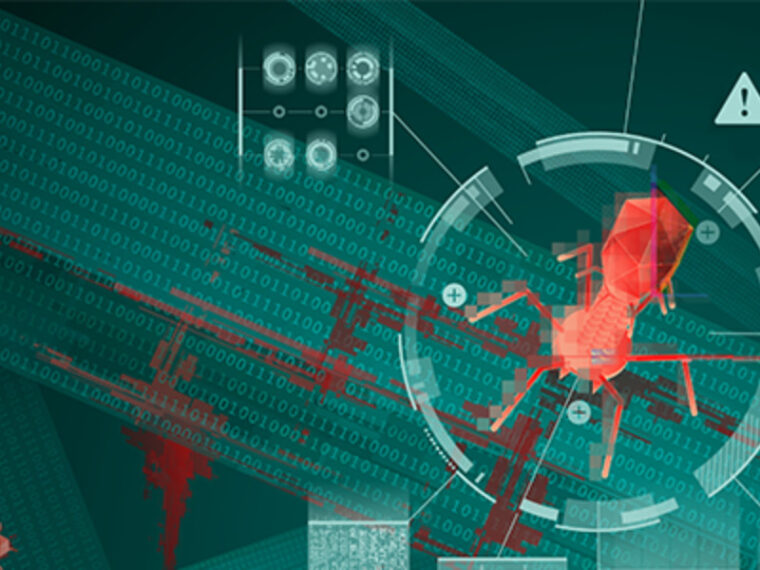
11. File Infector Virus
Most file-infecting viruses, also known as file infectors, copy their code onto executable files like.COM and.EXE files. Some file infectors unintentionally harm host applications, while most merely replicate and spread. Additionally, some file infectors replace host files. These programs trigger the file infector virus, which might cause the program to function slowly and have other adverse effects.
12. Encrypted Virus
An encrypted computer virus is a type of malware that can conceal its payload from discovery by encrypting it. Examples of encrypted viruses that encrypt victims’ files include ransomware and crypren. Malicious codes used by encrypted viruses are difficult to detect with antivirus software.
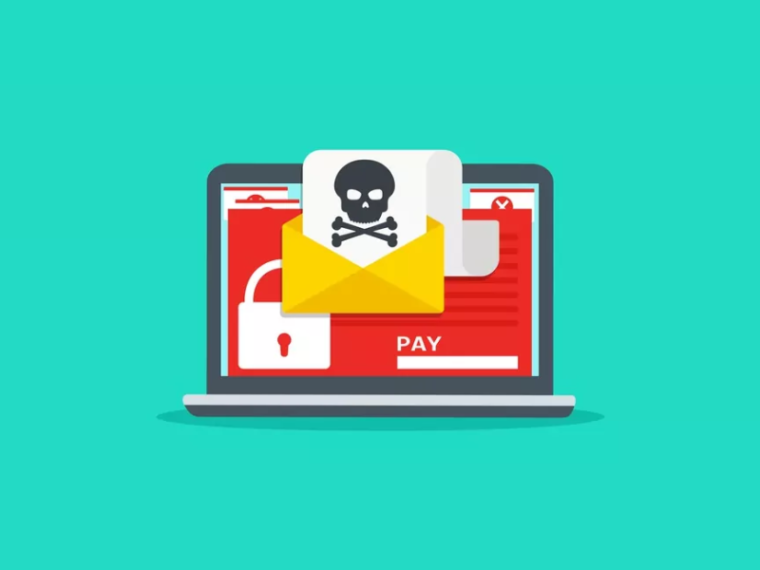
13. Companion Virus
Without an existing file or folder to accompany it, a companion virus cannot persist. The file or folder containing the companion viruses must be accessed or run to harm. Examples include the companion viruses Asimov.1539, Stator, and Terrax.1069.
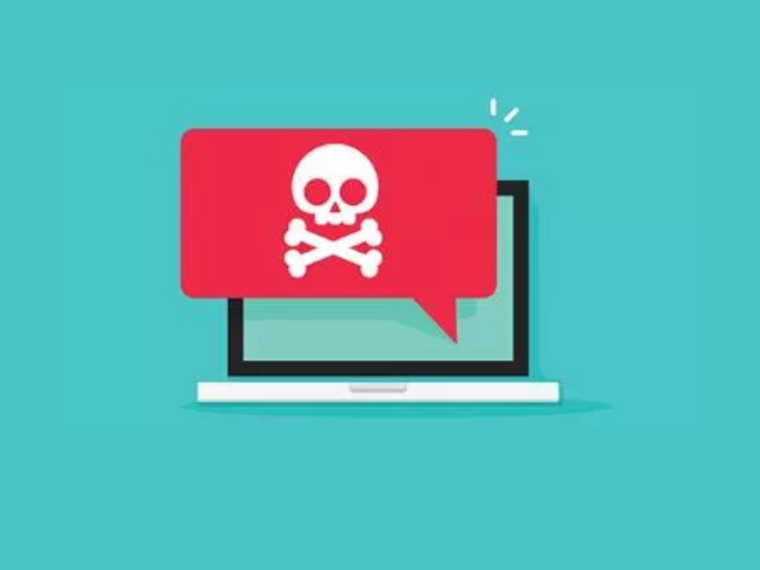
14. Network Virus
Local Network Area (LAN) and the internet are the primary conduits for the transmitting network viruses. Drives and folders are examples of shared resources where these infections can replicate. Network viruses search for possible prey when they infiltrate a computer. The dangerous network viruses Nimda and SQLSlammer are two examples.
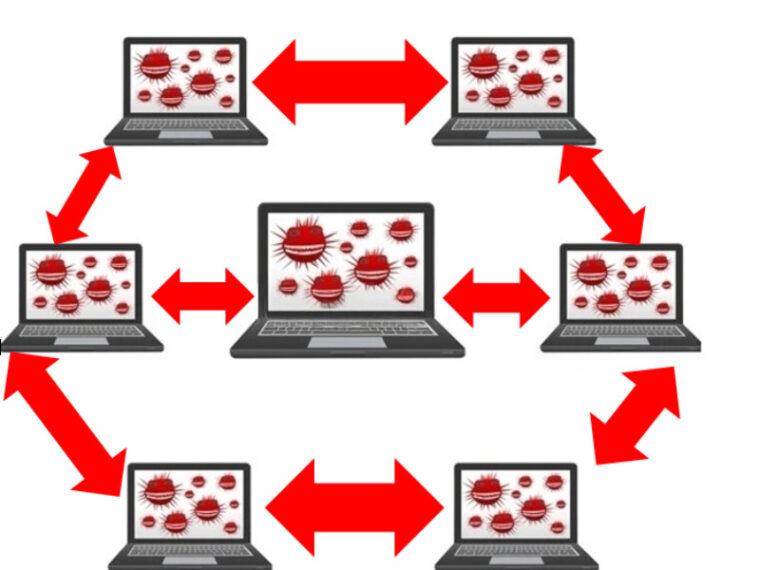
15. Nonresident Virus
Executable files may become corrupted by a non-resident virus even when no programmes are running. Non-resident virus replicate through the use of modules. The module will choose one or more files to infect when executed. A non-resident virus would include executable viruses.
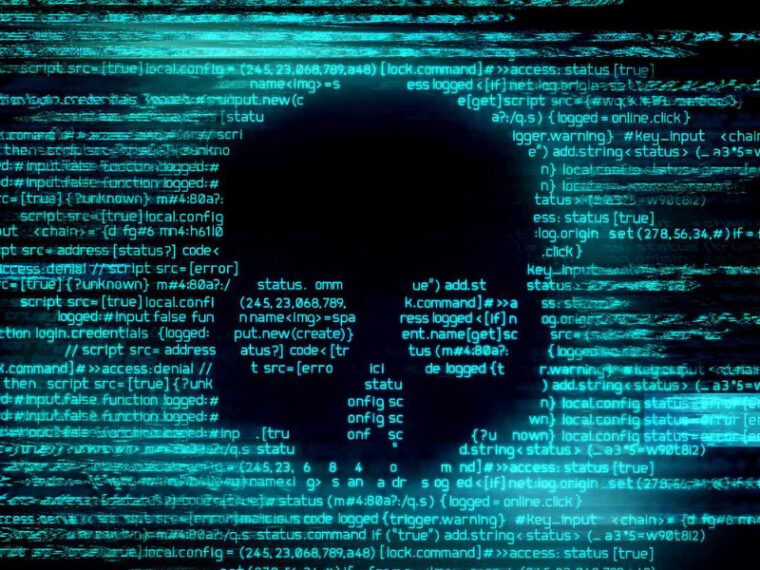
16. Stealth Virus
A computer virus that employs many strategies to evade detection by antivirus software is known as a stealth virus. Its name derives from the word “stealth,” which describes a technique for completing a task without attracting attention.
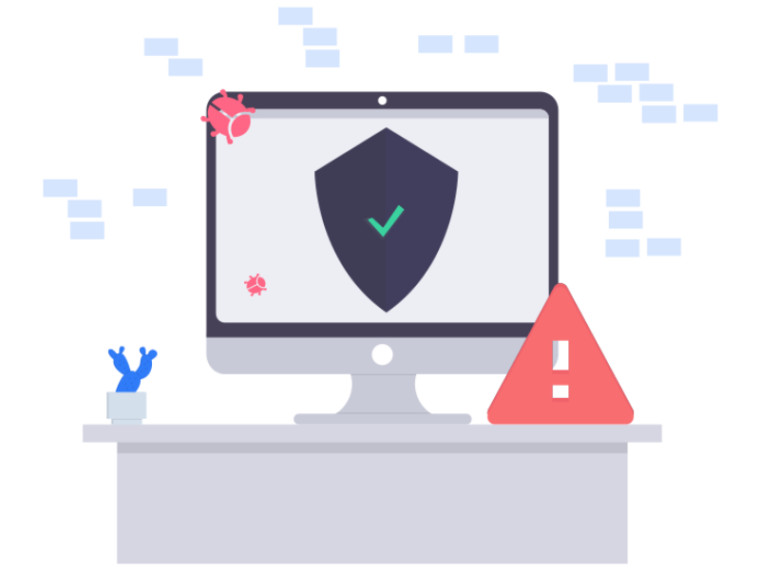
17. Sparse Infector
Sparse infectors use different techniques to minimize their detection. They are viruses that “rarely” spread infection. They might only want to infect a program every tenth execution, for instance. Antivirus software has difficultly identifying them because they only occasionally spread infection.
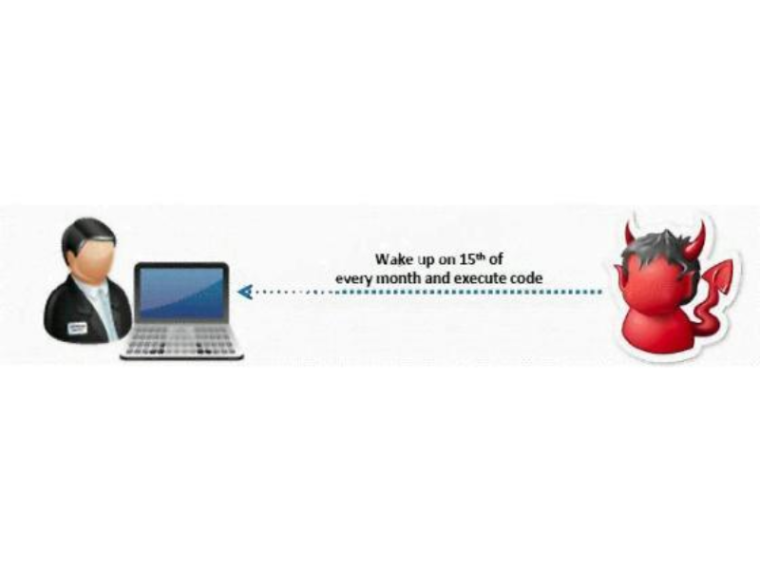
18. Spacefiller Virus
Spacefillers viruses, also known as “cavity” viruses, attach to the file and can alter how the program starts or the encrypted code. They also use stealth approaches to prevent consumers from calculating the file code increase. The Lehigh virus is one of the most well-known Spacefillers.
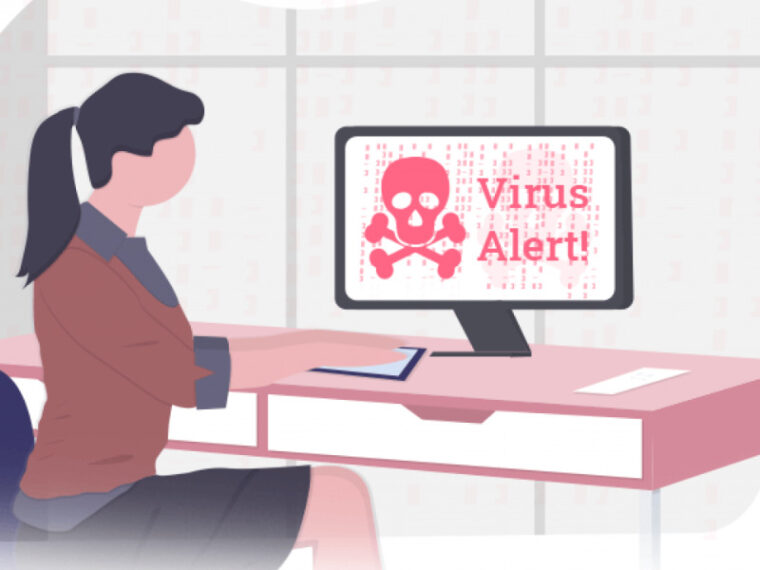
19. Fat Virus
The “File Allocation Table” abbreviation is FAT.FAT viruses affect the file allocation system of the computer’s hard drives. The computer keeps the information about files and their routes in this location. As a result, your computer can’t access particular regions of the hard drive where valuable files are stored.
20. Others
Although not technically “viruses,” other dangers have the same destructive consequences as viruses. This includes applications such as Trojan horses, worms, adware, and ransomware. A computer worm is a form of a virus that duplicates itself and travels to other computers while continuing to function on infected ones. A computer worm duplicates to infect other systems.
Installing the top antivirus software that can identify, stop, and eliminate all computer viruses is crucial if you want to keep viruses from harming your computer.

